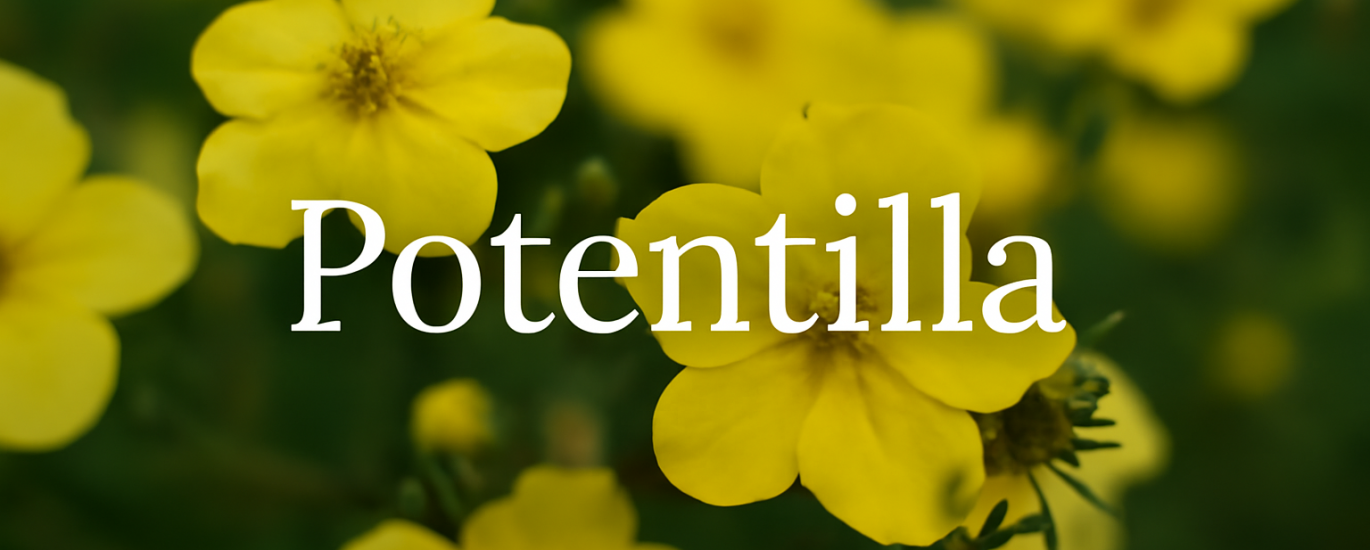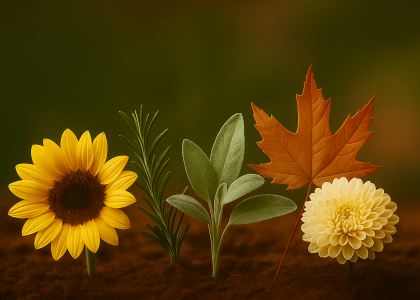Potentilla, also known as Cinquefoil, is a versatile and hardy shrub perfect for adding color, texture, and vibrancy to your garden. Whether you're looking to fill gaps in your borders, create a low-maintenance hedge, or brighten up a sunny spot, Potentilla is a fantastic choice. Known for its cheerful, yellow, white, or pink flowers, it blooms prolifically from late spring to summer. This guide will provide you with all the essential information on planting, caring for, and propagating Potentilla, along with expert tips to help this resilient plant thrive in your landscape.
What is Potentilla?
Potentilla (Potentilla fruticosa) is a flowering shrub that belongs to the rose family. It is widely appreciated for its ability to thrive in various growing conditions, from full sun to partial shade. The plant produces five-petaled flowers that can range in color from white, yellow, orange, to pink, creating a striking effect in the garden. Potentilla is not only decorative but also beneficial, as it attracts pollinators such as bees and butterflies. This hardy shrub also offers excellent drought tolerance, making it an ideal choice for low-maintenance gardens.
Key Features of Potentilla:
- Flower Color: Yellow, White, Pink, Red
- Foliage Color: Green in spring and summer, turning yellow or red in fall
- Height: 1 to 3 feet (depending on variety)
- Width: 2 to 4 feet
- Blooming Season: Late Spring through Summer
- Hardiness Zones: 3-8
- Special Features: Drought-tolerant, deer-resistant, attracts pollinators
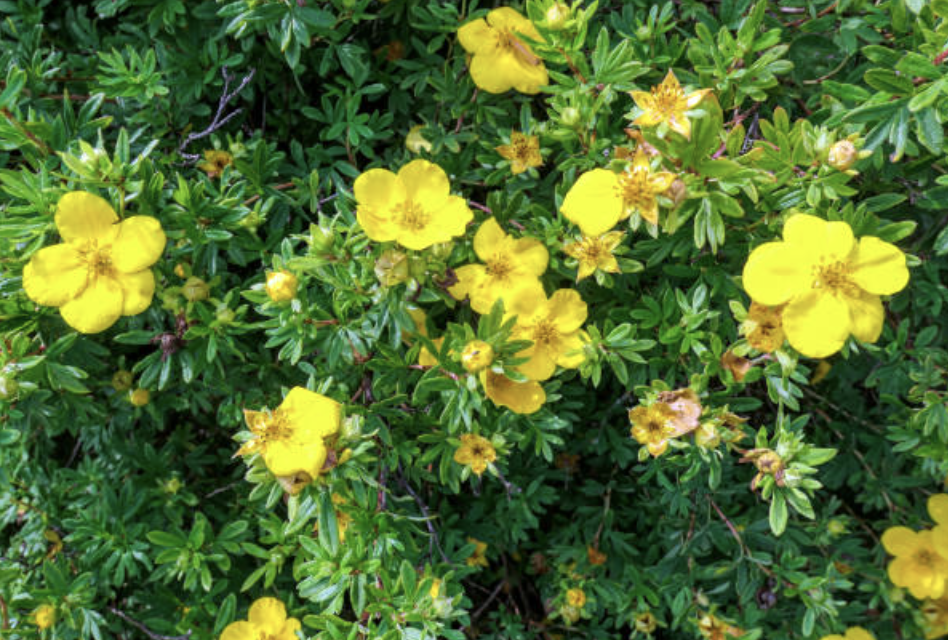
Where to Plant Potentilla
Potentilla thrives in full sun, but it can tolerate light shade as well. It is an extremely adaptable plant and can grow in various soil types, from sandy to clay, as long as the soil is well-draining. Potentilla does best in slightly acidic to neutral soil, and it thrives in regions that experience cold winters and warm summers.
Ideal Planting Locations:
- Borders and Edges: Potentilla is perfect for planting along the edge of flower beds, creating a border that adds color from spring to summer.
- Ground Covers: It can be used as a low-maintenance ground cover that brightens up any garden space with its colorful flowers.
- Rock Gardens: Potentilla’s compact size and tolerance to various soil types make it an excellent candidate for rock gardens or xeriscapes.
Expert Tip: For maximum blooming potential, plant Potentilla in a sunny location where it receives at least 6 hours of direct sunlight per day.
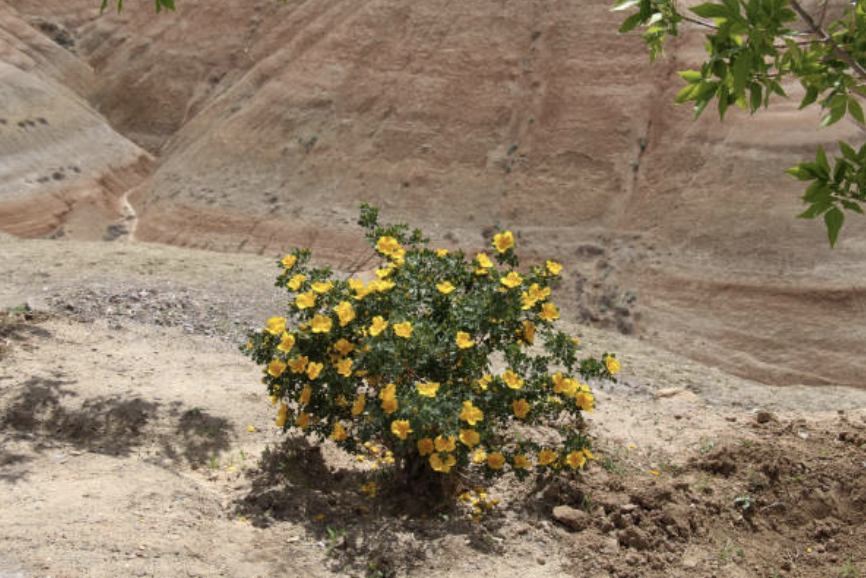
How to Plant Potentilla
Planting Potentilla is simple, but ensuring the right planting conditions will guarantee success. Follow these steps for the best results:
- Best Time to Plant: Early spring or fall is the best time to plant Potentilla, avoiding the heat of summer or the chill of winter.
- Planting Hole: Dig a hole that is twice as wide as the plant’s root ball and just as deep. This will give the roots plenty of room to spread.
- Soil: Potentilla prefers well-drained soil but is adaptable to various soil types. Ensure the soil is not too heavy or compact, as this can lead to root rot.
- Mulching: Apply a thin layer of mulch around the plant’s base to help retain moisture and suppress weeds, especially during the first growing season.
Expert Tip: Water regularly during the first few weeks after planting to help the roots establish. Once established, Potentilla is drought-tolerant and doesn’t require frequent watering.
Potentilla Care: Keeping Your Plant Thriving
Potentilla is a relatively low-maintenance shrub, but it still requires some care to thrive in your garden.
Light Requirements:
Potentilla grows best in full sun but will tolerate partial shade, though it may not bloom as profusely in shaded conditions. Ensure it receives at least 6 hours of sunlight each day for the best flowering results.
Watering:
Once established, Potentilla is highly drought-tolerant and does not require frequent watering. However, during hot, dry spells, deep watering once a week will help encourage strong growth and vibrant blooms.
Expert Tip: Avoid overwatering, as this can lead to root rot. Ensure the plant is in a well-draining spot to prevent water from pooling around the roots.
Soil and Fertilizer:
Potentilla adapts well to various soil types but prefers well-drained, slightly acidic to neutral soil. It doesn’t require heavy feeding, but a light application of balanced fertilizer in early spring can boost growth and encourage abundant blooms.
Expert Tip: Use a slow-release, balanced fertilizer in early spring to support healthy growth. Avoid fertilizing in the fall, as this could encourage tender growth that may not survive the winter.
Pruning Potentilla
Pruning Potentilla is essential to maintain its shape and encourage new growth for better blooms. Here’s how to do it:
- When to Prune: Potentilla should be pruned in early spring before new growth begins. Avoid pruning in late fall or winter.
- How to Prune: Remove any dead or damaged branches. If the shrub is overgrown, prune back about one-third of the oldest stems to the ground to encourage new growth. Lightly trim the remaining branches to maintain its shape.
Expert Tip: Regular deadheading (removing spent flowers) throughout the growing season will encourage continuous blooming.
Pests and Problems
Potentilla is generally pest-resistant but can occasionally be affected by common garden pests such as aphids, spider mites, and leaf spots. To prevent pest issues, maintain proper air circulation around the plant and remove any affected leaves or stems.
Common Issues:
- Powdery Mildew: This fungal disease can appear in humid conditions. To prevent it, ensure proper spacing between plants and avoid overhead watering.
- Aphids: Use insecticidal soap or a strong spray of water to control aphids if they appear on new growth.
Expert Tip: Keep your Potentilla healthy by providing good air circulation and practicing proper watering techniques.
Propagation: How to Grow New Potentilla Plants
Potentilla can be propagated by softwood cuttings or by dividing mature plants. Here's how you can do it:
- Taking Cuttings: In early summer, cut 4-6 inch sections of healthy, non-flowering stems. Remove the lower leaves and dip the cut end in rooting hormone.
- Planting the Cuttings: Place the cuttings in a pot with well-draining soil. Keep the soil moist but not soggy, and place the pot in a shaded area.
- Rooting: After a few weeks, roots will form. Once rooted, transplant the new plants into your garden.
Expert Tip: If propagating by division, dig up the mature plant and carefully separate the roots. Replant the divisions immediately in well-drained soil.
Types of Potentilla
There are several varieties of Potentilla, each with its own unique color and growth habit:
- ‘Abbotswood’: A white-flowering variety that grows to about 2 feet tall. It is perfect for edging or as a ground cover. Zones 3-8.
- ‘Yellow Jubilee’: A vibrant yellow-flowered variety with a more compact growth habit. Grows to about 18 inches tall. Zones 3-8.
- ‘Pink Beauty’: This variety features soft pink flowers and grows 18-24 inches tall. It’s perfect for mixed borders. Zones 3-8.
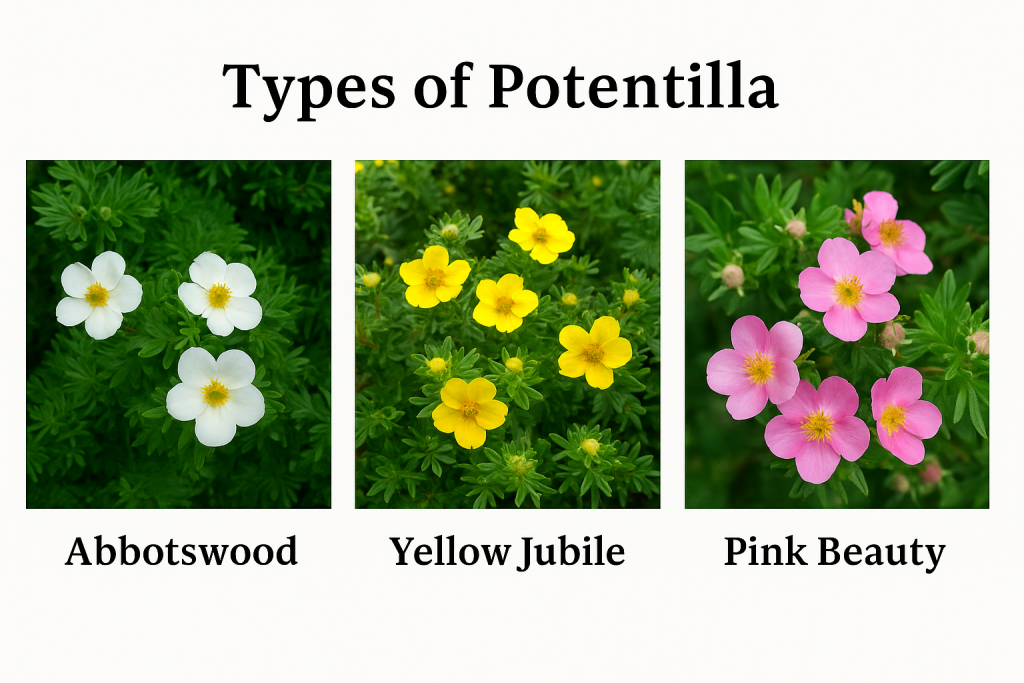
Companion Plants for Potentilla
Pair Potentilla with other plants to create a beautiful, low-maintenance garden:
- Lavender: Its fragrant purple flowers and silver foliage complement Potentilla’s bright blooms.
- Coneflower (Echinacea): A sturdy perennial that pairs well with Potentilla in full sun.
- Salvia: Its spikes of blue or purple flowers make a lovely contrast to Potentilla’s rounded form.
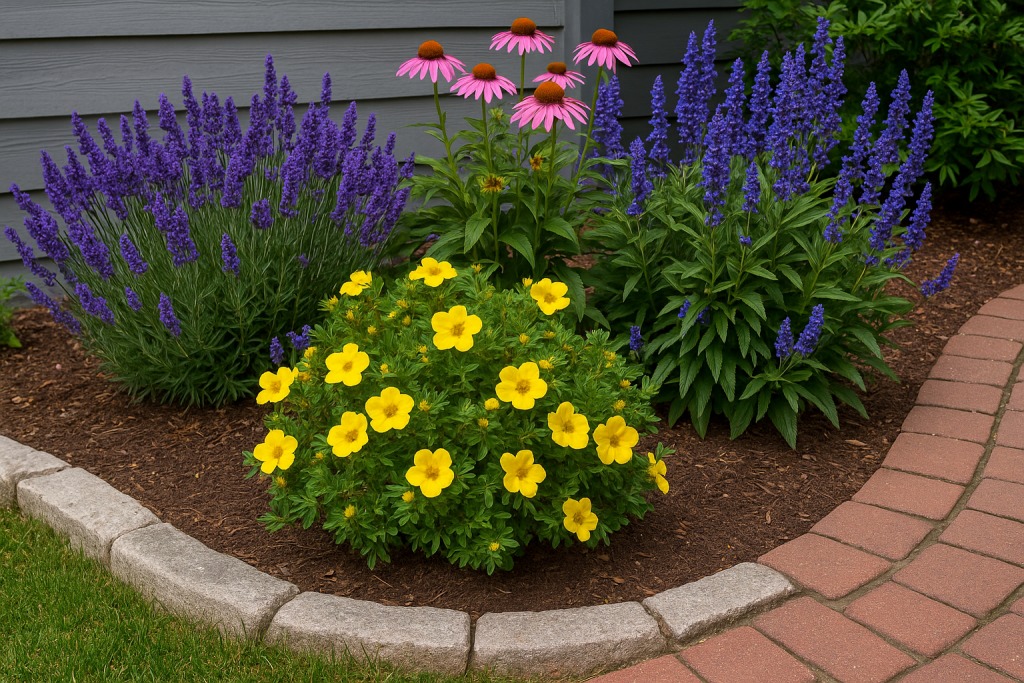
FAQ: Common Potentilla Questions
Why isn’t my Potentilla blooming?
Ensure your Potentilla is receiving full sun for at least 6 hours a day. Also, check for excessive nitrogen fertilization, which can encourage foliage growth at the expense of blooms.
How do I stop Potentilla from spreading too much?
Prune back any overgrown or spreading stems in early spring to maintain its shape and prevent it from becoming too leggy.
Enjoy Potentilla in Your Garden
Potentilla is an exceptional plant that brings vibrant, long-lasting color to your garden with minimal care. It’s a perfect choice for gardeners looking for an adaptable, low-maintenance shrub. By following the tips in this guide, you can enjoy this resilient, hardy shrub for years to come, whether you’re planting it as a border plant, a specimen, or a ground cover.
With its attractive blooms, drought tolerance, and ability to thrive in various conditions, Potentilla is a must-have in any garden. Happy gardening!

